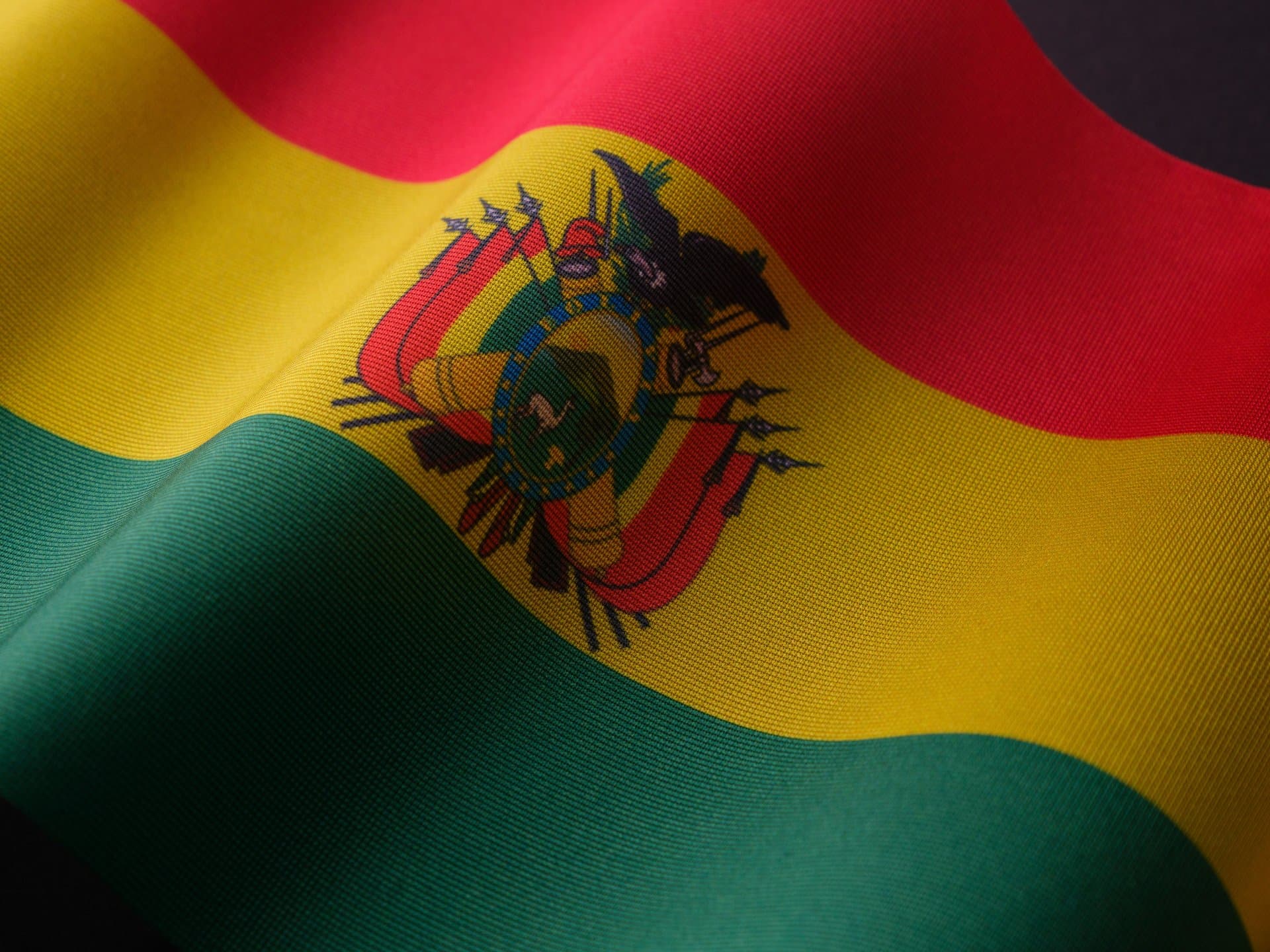Bolivia’s 2025 Election: Unraveling Two Decades of Socialist Rule
Explore Bolivia’s pivotal 2025 election as it challenges two decades of socialist governance, economic turmoil, and political fractures, revealing fresh prospects for reform and international engagement amid a shifting economic landscape.

Key Takeaways
- Bolivia’s 2025 election challenges nearly 20 years of MAS socialist governance.
- Economic struggles include inflation, shortages, and declining natural gas production.
- Two pro-business candidates propose spending cuts and foreign investment boosts.
- Socialist MAS party faces internal splits and waning grassroots support.
- Bolivia’s future hinges on balancing reform, stability, and inclusion.

Bolivia stands at a historic crossroads in 2025 as voters head to the polls, potentially ending almost two decades of socialist rule under the Movement Toward Socialism (MAS) party. This election unfolds amid economic hardships marked by the steepest inflation in over 30 years, shortages, and a decade-long decline in natural gas production. The MAS party, which rose to power in 2005 under Evo Morales, transformed Bolivia through resource nationalization and social programs that lifted millions from poverty. Yet, internal divisions and economic stagnation have eroded its once-solid base. With two pro-business candidates vying for leadership and a fragmented leftist opposition, Bolivia’s political landscape is more volatile than ever. This article unpacks the legacy of Bolivia’s socialist era, the current economic crisis, and the high-stakes election that could reshape the nation’s future.
Tracing Bolivia’s Socialist Rise
Bolivia’s journey into socialist governance began amid decades of political chaos and deep inequality. Before 2005, the country was no stranger to coups, unstable leadership, and widespread poverty that left many marginalized. The early 2000s saw mass protests, including the infamous "Guerra del Gas," where citizens rebelled against neoliberal policies and foreign control over Bolivia’s rich natural resources. Out of this unrest emerged Evo Morales, a charismatic indigenous leader who became the face of resistance. His Movement Toward Socialism (MAS) party promised to reclaim Bolivia’s resources and dignity for its people. In December 2005, MAS won Bolivia’s first outright electoral majority since 1952, marking the start of nearly 20 years of socialist rule. This era was powered by a coalition of laborers, peasants, and indigenous groups united by hopes for economic justice and political inclusion.
The rise of MAS was more than a political shift; it was a social revolution. Morales’ government nationalized key industries like hydrocarbons and mining, redirecting profits to fund social programs. This period coincided with a global commodity boom, which temporarily masked underlying economic vulnerabilities. Bolivia’s indigenous majority gained unprecedented recognition, with reforms embracing their languages and customs. The MAS era promised a new Bolivia—one where the marginalized had a voice and a stake in the nation’s wealth.
Unpacking Socialist Achievements
Under MAS leadership, Bolivia experienced notable social and economic transformations. Nationalization of natural resources was a cornerstone, with Morales swiftly taking control of hydrocarbons and mining sectors. This move funneled profits into public coffers, enabling expanded social spending. Poverty rates dropped significantly as state-led redistribution and cash transfer programs reached historically marginalized indigenous populations. Access to healthcare and education improved, painting a picture of progress that resonated deeply with many Bolivians.
Political inclusion also took center stage. The government enacted reforms recognizing indigenous languages and customs, reflecting MAS’s roots as a movement born from indigenous struggles. This wasn’t just policy—it was a cultural shift that redefined Bolivia’s identity. Yet, these achievements were intertwined with the global commodity boom, which buoyed Bolivia’s economy and masked structural weaknesses. The social gains were real, but the economic foundation was less stable than it appeared, setting the stage for future challenges.
Facing Economic and Political Cracks
The shine of Bolivia’s socialist success dulled as commodity prices fell in the 2010s, exposing persistent economic fragilities. Corruption allegations and institutional weaknesses chipped away at MAS’s legitimacy, with critics accusing the party of co-opting social movements rather than empowering them. Morales’ controversial attempt for a fourth term in 2019, enabled by a constitutional amendment, sparked mass protests that culminated in his ousting and exile. This upheaval fractured the party into factions loyal to Morales (“Evistas”) and those backing his successor, Luis Arce (“Arcistas”), deepening internal divisions.
Economically, Bolivia grappled with fiscal deficits, declining real wages, and mounting public debt. Inflation soared to its highest in over 30 years, while shortages became commonplace. Since 2024, protests over economic mismanagement have erupted repeatedly, signaling widespread disillusionment. The MAS party’s once-solid social base, especially among indigenous and rural communities, expressed frustration with partisan infighting and unmet promises. The economic stagnation and political turmoil have left Bolivia at a precarious juncture, with its socialist model under intense scrutiny.
Navigating the 2025 Election Landscape
The 2025 presidential and congressional elections in Bolivia are set against a backdrop of economic crisis and political fragmentation. President Luis Arce’s withdrawal from the race and Evo Morales’ court-barred candidacy have left the MAS party weakened and divided. Into this vacuum step two pro-business candidates: Samuel Doria Medina, a cement magnate turned fast-food investor, and Jorge Tuto Quiroga, a former president with experience navigating Bolivia’s turbulent politics. Both advocate cutting government spending and securing international loans to revitalize the economy.
Their platforms emphasize attracting foreign investment in Bolivia’s oil, gas, and lithium sectors—the latter being home to the world’s largest lithium deposits. This pivot signals a potential shift from socialist resource control toward market-friendly policies. Meanwhile, the highest-profile leftist candidate, Andrónico Rodríguez, distances himself from both Morales and Arce, reflecting the fractured state of the left. Bolivians will vote under rules allowing a first-round win with 40% of votes and a 10-point lead, or else face a runoff. The stakes are high: the election could end MAS’s near-continuous rule since 2006 and reshape Bolivia’s economic and diplomatic trajectory.
Weighing Bolivia’s Future Prospects
Bolivia’s 2025 election is more than a political contest—it’s a referendum on two decades of socialist governance and the nation’s economic direction. The MAS legacy is a blend of social uplift and economic fragility, marked by poverty reduction and indigenous inclusion but also by corruption and fiscal strain. The economic crisis, with inflation and shortages, has eroded public trust and opened the door for reformist agendas.
The election outcome will influence Bolivia’s relationship with global powers. Under Morales and Arce, ties with Venezuela, Nicaragua, Russia, and China were strong but often strained relations with Washington. The new leadership’s openness to international loans and foreign investment suggests a potential thaw in U.S.-Bolivia relations. How Bolivia balances reform, stability, and inclusion will resonate beyond its borders, reflecting broader Latin American debates on governance and economic models. For Bolivians, this moment carries the weight of history and the hope for a revitalized future.
Long Story Short
As Bolivia’s 2025 election results emerge, the nation faces a defining moment that could close the chapter on two decades of socialist governance. The MAS party’s legacy is a complex tapestry of social progress and economic vulnerability, woven with threads of national pride and political strife. The economic challenges—ranging from inflation to dwindling reserves—have fueled public unrest and fractured political loyalties. Yet, the election also opens doors to renewed international cooperation, especially with Washington, and fresh economic strategies centered on foreign investment in Bolivia’s vast natural resources like lithium. For Bolivians, this transition is more than politics; it’s about reclaiming hope, stability, and dignity. Navigating this uncertain terrain will demand pragmatic reforms, inclusive leadership, and a clear-eyed approach to Bolivia’s economic realities. The road ahead is steep, but the promise of a revitalized Bolivia beckons with every vote cast.